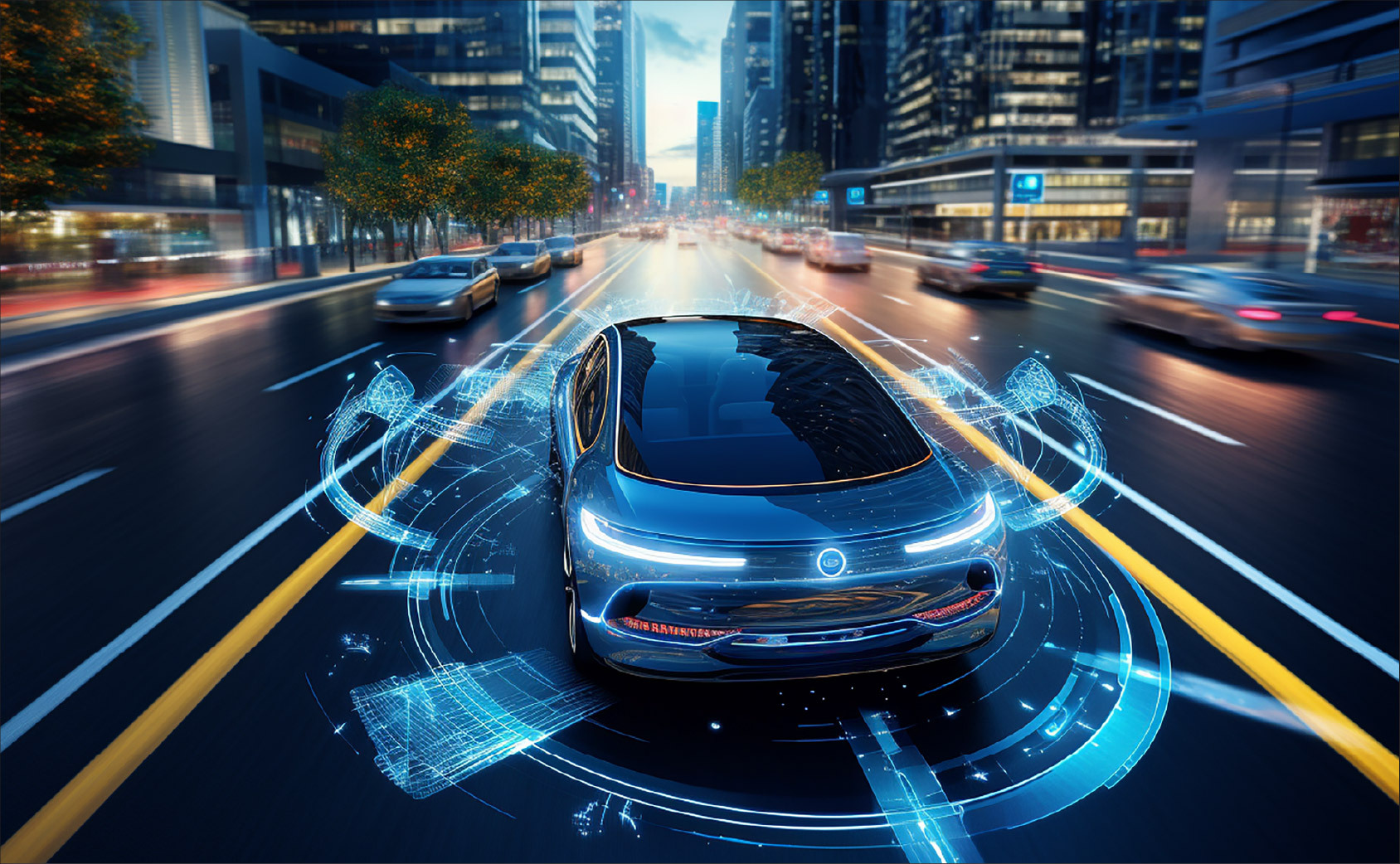Why EVs Are Powering the Expansion of the U.S. Automotive OTA Market and Transforming Vehicle Connectivity

The increasing adoption of electric vehicles (EVs) in the United States has positioned California as a pivotal testing ground for over-the-air (OTA) deployments. Other states, including Washington, Oregon, New Jersey, and Vermont, are also witnessing rapid EV penetration, prompting automakers to establish robust OTA capabilities for managing vehicle software within diverse networks and regulatory frameworks. This widespread growth pattern underscores the importance of OTA solutions, allowing manufacturers to update thousands of vehicles in real time without necessitating dealer visits. By centralizing software management, OTA helps to lower operational costs associated with recalls, ensures software consistency, and reduces downtime for EV owners an essential benefit given the significant reliance of electric powertrains on integrated software controls.
The U.S. automotive OTA market is propelled further by the distinct maintenance and optimization demands of EVs. Battery systems, vital to EV performance, require ongoing monitoring for factors such as state-of-charge, thermal management, and charge-discharge cycles. OTA updates enable manufacturers to recalibrate battery management algorithms remotely, thus extending battery life, enhancing charging efficiency, and addressing emerging safety issues without physical interventions.
Additionally, advanced driver assistance systems (ADAS) in EVs such as lane-keeping assist, adaptive cruise control, and automated parking depend on precise sensor calibration that can be updated via OTA. As automakers increasingly incorporate artificial intelligence and machine learning into these systems, OTA platforms are being utilized to deliver predictive updates based on real-world vehicle performance and telemetry data, ensuring vehicles stay current with evolving technological standards.
Consumer expectations are significantly influencing the adoption of OTA in the EV sector. Contemporary EV owners perceive their vehicles as connected, digitally capable devices, anticipating periodic software enhancements and feature unlocks akin to those available for smartphones and smart home devices. In response, automakers are providing subscription-based services, enhanced infotainment capabilities, personalized vehicle settings, and performance upgrades through OTA, all of which contribute to establishing recurring revenue streams and bolstering customer engagement. The monetization possibilities associated with OTA, especially in the EV context, have become a strategic differentiator in the competitive U.S. automotive market, further fueling investment in OTA infrastructure.
Cybersecurity concerns represent another pivotal factor linking EV adoption to OTA growth. The high level of connectivity in EVs, combined with their reliance on critical software for propulsion, energy management, and safety, renders them susceptible to cyberattacks. Consequently, automakers and OTA providers in the U.S. are prioritizing secure update mechanisms, end-to-end encryption, authentication protocols, and compliance with standards such as ISO/SAE 21434 and UNECE WP.29. The rising prevalence of EVs intensifies these security demands, motivating vendors to innovate and expand OTA platforms capable of delivering secure, real-time updates across various vehicle types and software modules.
Moreover, government regulations and incentives aimed at promoting zero-emission vehicles are indirectly contributing to OTA market growth. Federal and state mandates, including emissions reduction targets and incentives for EV infrastructure, compel automakers to ensure compliance across all vehicle software systems. OTA facilitates real-time regulatory compliance by providing remote software patches for emissions control, energy efficiency, and safety updates, crucial as the proportion of EVs in the U.S. market continues to rise. This regulatory pressure not only guarantees that vehicles remain legal and safe for operation but also accelerates the adoption of OTA as an essential operational and strategic tool for automakers.
Additionally, the convergence of EVs with connected vehicle technologies, such as 5G-enabled telematics, vehicle-to-everything (V2X) communication, and cloud-based diagnostics, enhances the dependence on OTA platforms. EVs generate substantial volumes of real-time data, encompassing battery telemetry, route optimization, charging patterns, and sensor performance. OTA updates empower automakers to analyze this data centrally and implement software improvements that enhance vehicle performance, optimize energy consumption, and elevate the overall driving experience. This integration of data-driven intelligence and remote software management highlights OTA's critical role as a fundamental enabler of the U.S. EV ecosystem.
In summary, the ongoing increase in electric vehicle adoption across the United States serves as a primary catalyst for the U.S. automotive OTA market, driving demand for secure, scalable, and intelligent software update solutions. By addressing the specific software needs of EV powertrains, enabling remote diagnostics, enhancing cybersecurity, supporting regulatory compliance, and facilitating the monetization of digital features, OTA positions itself as a key component of the evolving automotive landscape.